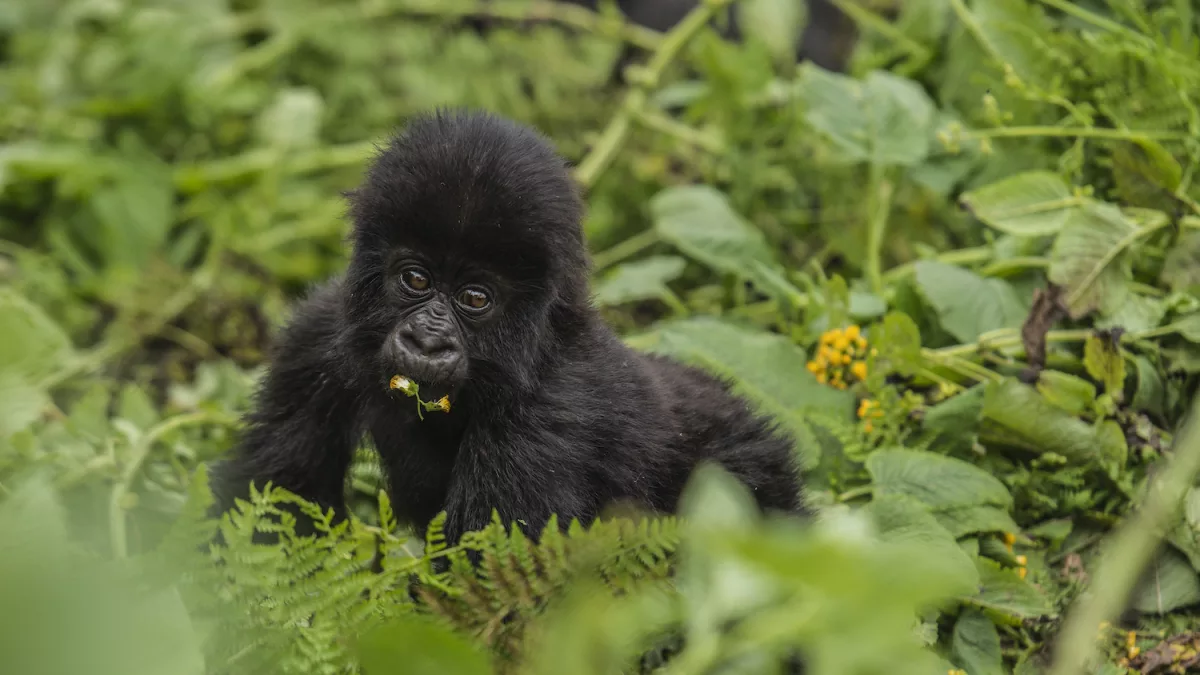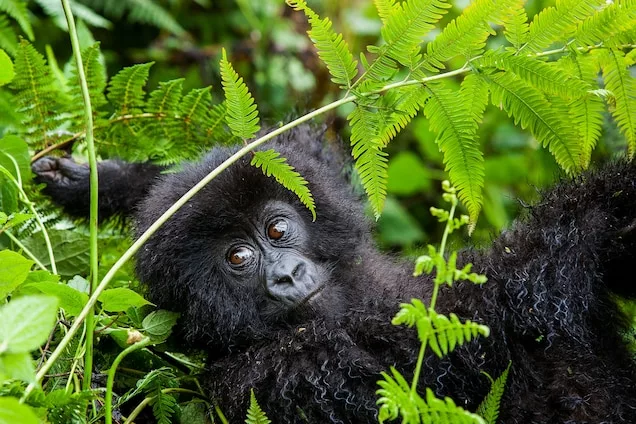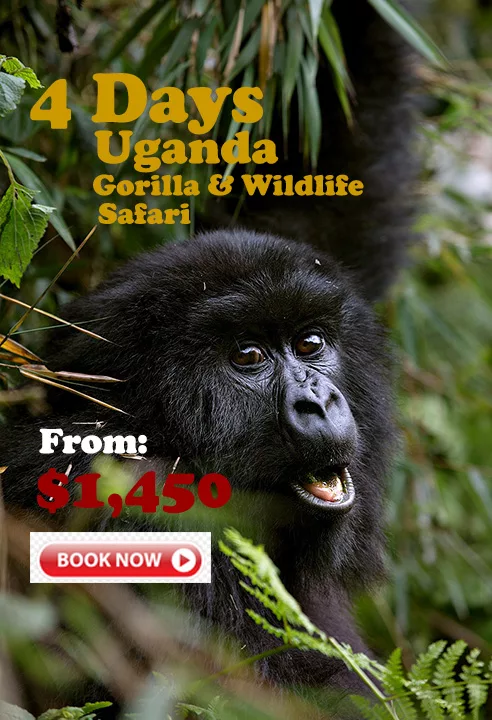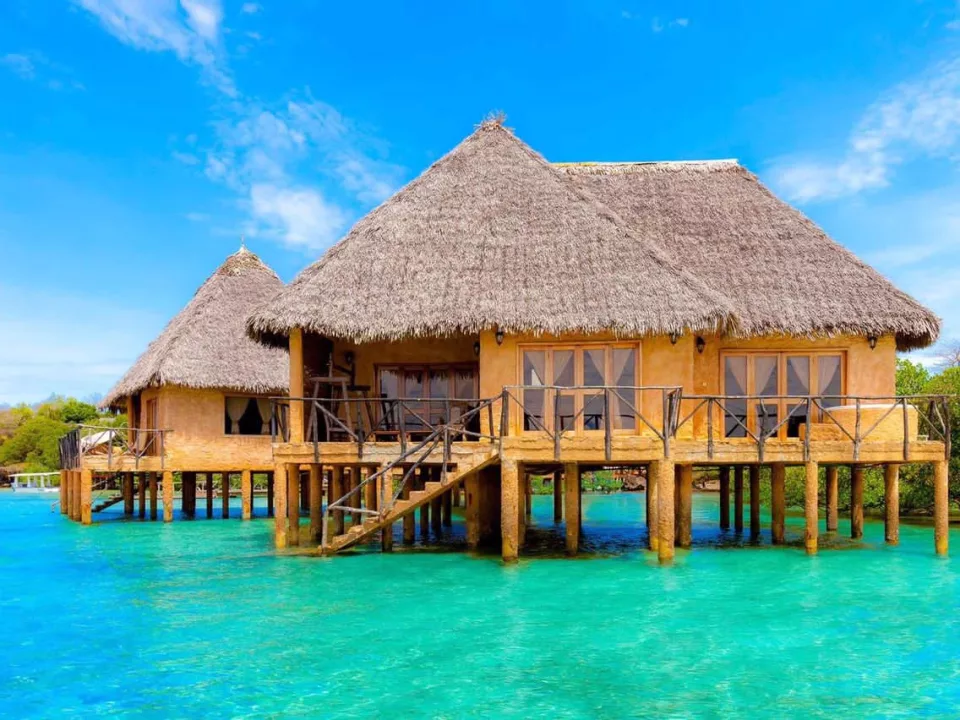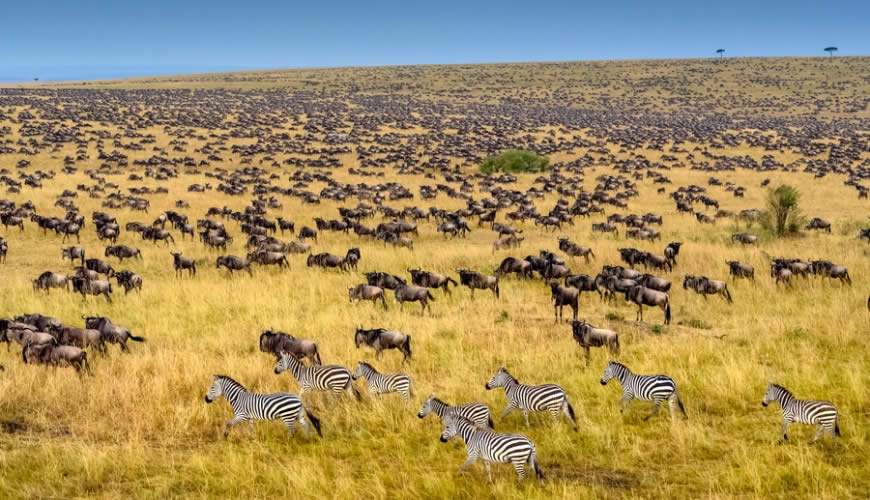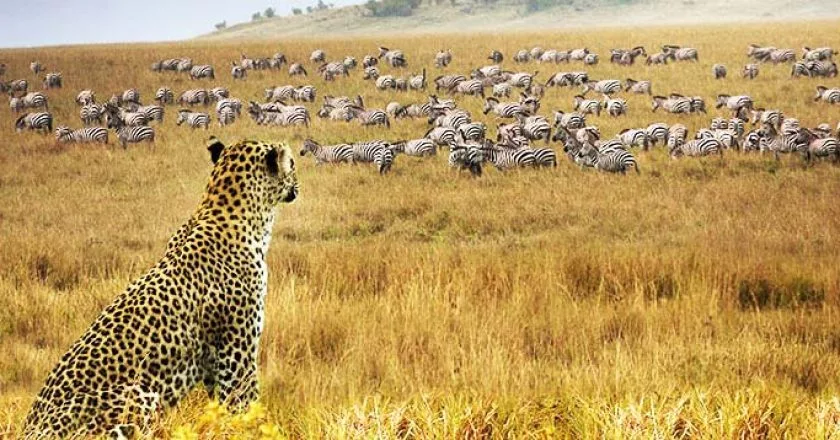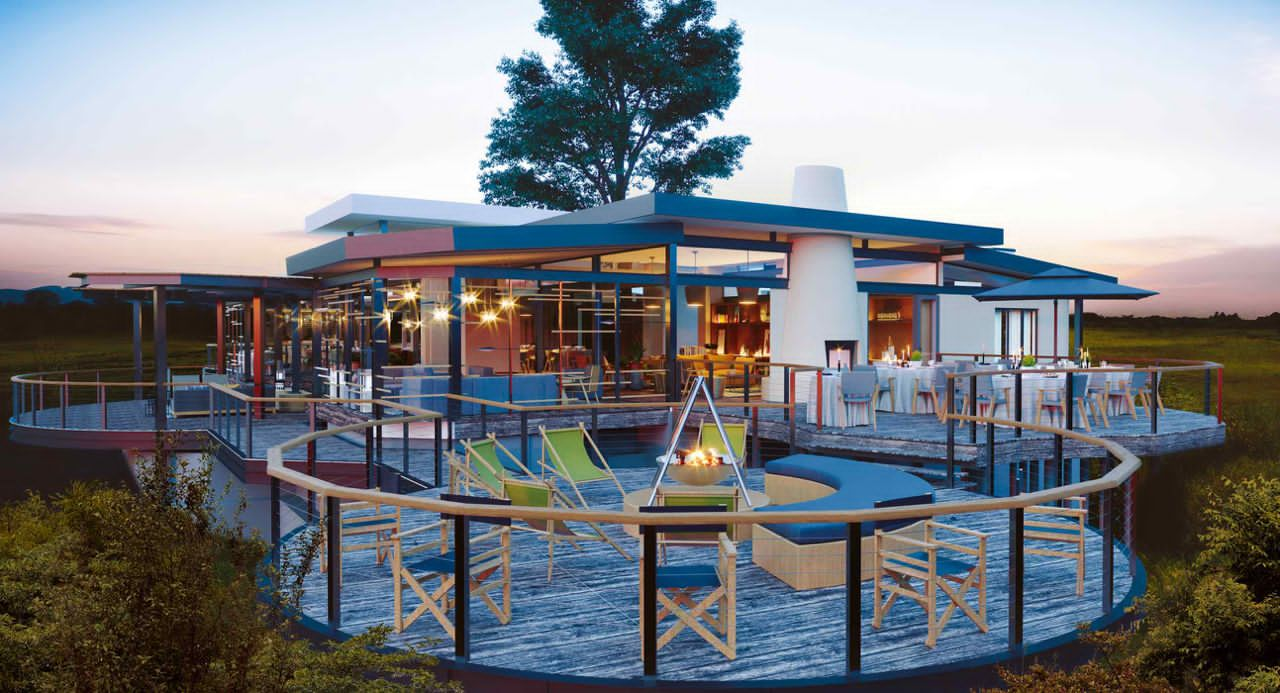
Kenya Beach Holidays. Diani Beach. Watamu Beach
May 11, 2023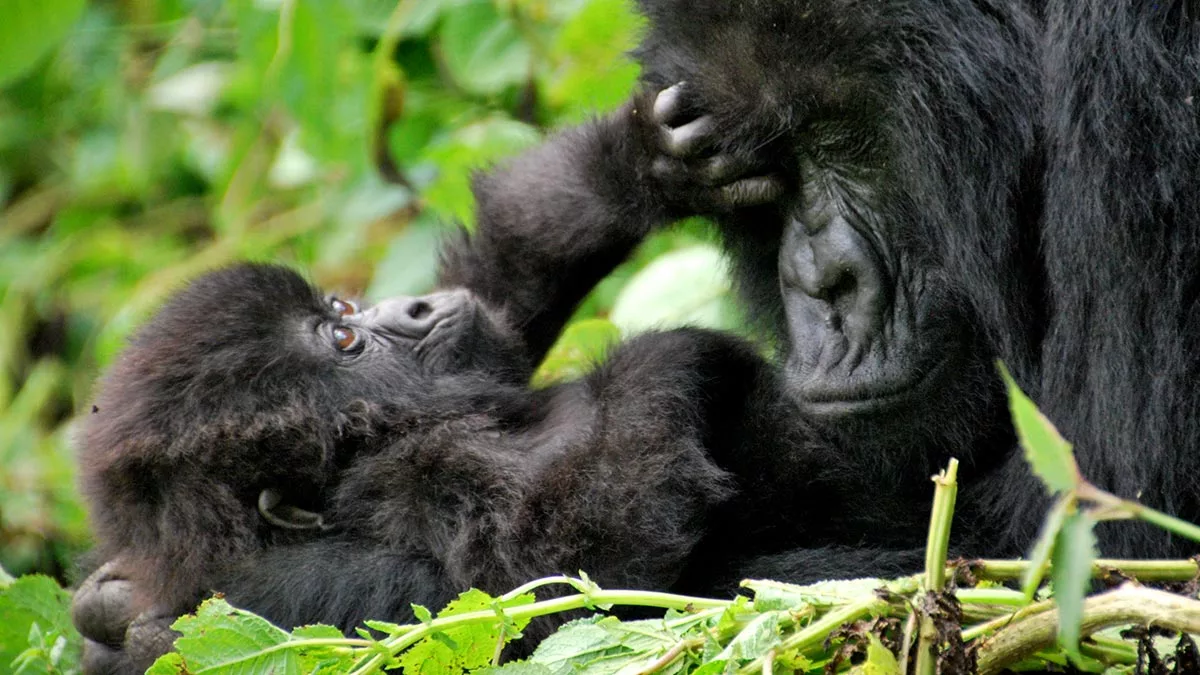
Long Uganda Safaris Tour Holidays
May 24, 2023Uganda Gorilla Trekking Safaris
Uganda is a fantastic destination for gorilla trekking safaris. It is home to half of the world’s remaining mountain gorilla population, making it a prime location for encountering these magnificent creatures in their natural habitat. Here’s some information to help you plan your gorilla trekking safari in Uganda:
Gorilla Trekking Permits
To visit the gorillas, you’ll need a gorilla trekking permit, which grants you access to a specific gorilla group for a limited time. These permits are issued by the Uganda Wildlife Authority (UWA) and are subject to availability. It is advisable to book your permits well in advance as they can sell out quickly, especially during peak seasons.
Bwindi Impenetrable National Park
This UNESCO World Heritage Site is one of the top gorilla trekking destinations in Uganda. Located in southwestern Uganda, Bwindi Impenetrable National Park is known for its dense forests and rugged terrain. It is home to several habituated gorilla groups that can be visited by tourists.
Mgahinga Gorilla National Park
Situated in southwestern Uganda, Mgahinga Gorilla National Park is another excellent destination for gorilla trekking. The park is part of the larger Virunga Conservation Area, which spans three countries. While the gorilla population here is smaller compared to Bwindi, it offers a unique opportunity to combine gorilla trekking with climbing the volcanic peaks of the Virunga Mountains.
Trekking Experience
Gorilla trekking involves hiking through the forest in search of the gorilla groups. The trek can vary in duration and difficulty, depending on the location of the gorilla family and the terrain. It’s important to be prepared physically and have a reasonable level of fitness. Porters are available to hire at the park entrances to assist you with carrying your belongings and provide support during the trek.
Conservation and Guidelines
Gorilla trekking is a highly regulated activity to protect the gorillas and their habitat. Strict guidelines are in place to ensure the safety of both humans and gorillas. These guidelines include maintaining a distance of 7 meters from the gorillas, minimizing noise, avoiding direct eye contact, and following the instructions of the park rangers.
Best Time to Visit
Uganda can be visited year-round for gorilla trekking, but the dry seasons of June to September and December to February are generally recommended. During these periods, the trails are less muddy, and the gorillas tend to stay at lower elevations, making the trekking conditions more favorable.
Other Wildlife and Activities
Uganda is known for its incredible biodiversity. Apart from gorillas, you may encounter other wildlife species like chimpanzees, golden monkeys, elephants, and various bird species. Many national parks in Uganda offer additional activities such as chimpanzee trekking, game drives, bird watching, nature walks, and boat safaris.
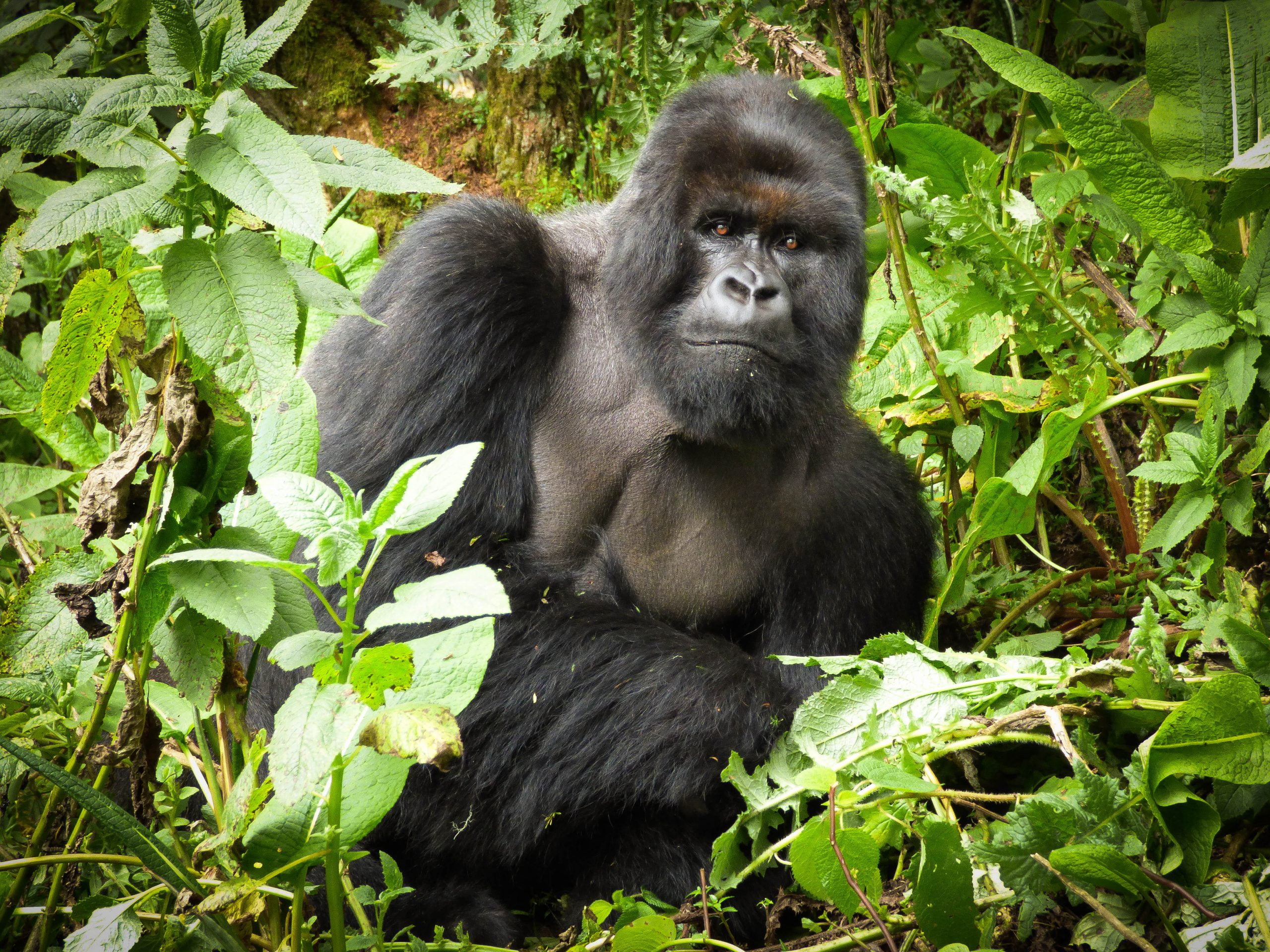
Gorilla Trekking Safaris tour in Africa
Gorilla Trekking Permits
Gorilla trekking permits are required to visit and observe mountain gorillas in their natural habitat. They are issued by the respective wildlife authorities of the countries where gorilla trekking takes place, such as Uganda, Rwanda, and the Democratic Republic of the Congo. Here’s some information about gorilla trekking permits:
Uganda Gorilla Trekking Permits
In Uganda, gorilla trekking permits are issued by the Uganda Wildlife Authority (UWA). As of my knowledge cutoff in September 2021, the cost of a gorilla trekking permit in Uganda is $700 for foreign non-residents, $600 for foreign residents, and UGX 250,000 for East African citizens. These permits allow you to spend a limited time (usually one hour) with a specific gorilla group.
Rwanda Gorilla Trekking Permits
In Rwanda, gorilla trekking permits are issued by the Rwanda Development Board (RDB). As of my knowledge cutoff, the cost of a gorilla trekking permit in Rwanda is $1,500 for all visitors. Rwanda has a higher permit cost compared to Uganda but offers a more convenient location for some travelers.
Democratic Republic of the Congo (DRC) Gorilla Trekking Permits
In the DRC, gorilla trekking permits are issued by the Institut Congolais pour la Conservation de la Nature (ICCN). The cost of gorilla trekking permits in the DRC is $400 for foreign non-residents and $200 for foreign residents. Please note that the situation in the DRC can be more challenging due to security concerns in certain regions.
Availability and Booking
Gorilla trekking permits are limited in number to protect the gorillas and their habitats. It is essential to book your permits well in advance, especially during peak seasons, as they can sell out quickly. You can book permits through the respective wildlife authorities or through authorized tour operators who can assist you in the process.
Permit Regulations
When you acquire a gorilla trekking permit, it is usually valid for a specific date and gorilla group. The permits are non-transferable, and the specific group assigned to you is determined on the day of the trek. Trekking permits are also non-refundable, except in certain exceptional circumstances.
Supporting Conservation
The fees from gorilla trekking permits play a crucial role in funding conservation efforts and protecting the gorilla populations and their habitats. By obtaining a permit and participating in gorilla trekking, you contribute to the long-term survival of these endangered species.
Remember to check the current permit prices, regulations, and availability from the respective wildlife authorities or reputable tour operators as they may change over time. It is advisable to plan your gorilla trekking safari well in advance to secure your permits and make the necessary travel arrangements.
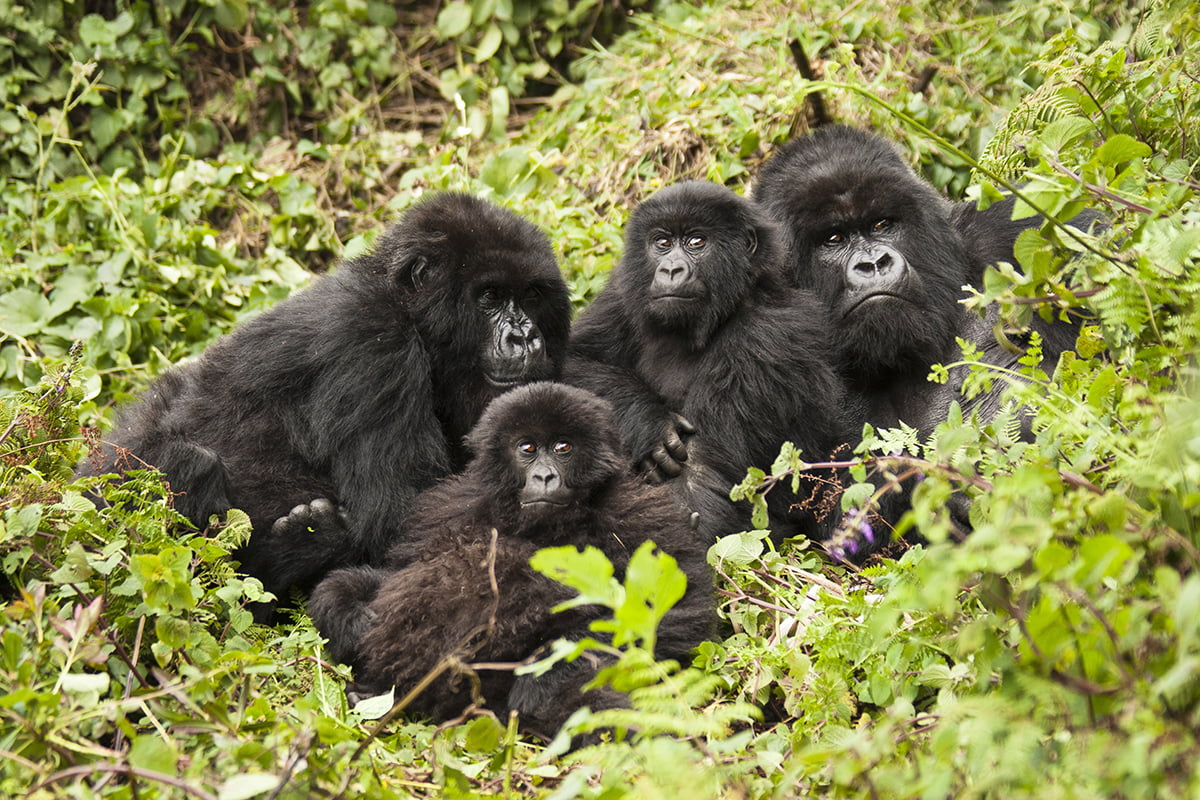
Gorilla Trekking Safaris tour in Africa
Uganda Gorilla Trekking Permits
Gorilla trekking permits in Uganda are issued by the Uganda Wildlife Authority (UWA). Here is some updated information on gorilla trekking permits in Uganda as of my knowledge cutoff in September 2021:
Permit Cost
The cost of a gorilla trekking permit in Uganda is $700 for foreign non-residents, $600 for foreign residents, and UGX 250,000 for East African citizens. Please note that these prices are subject to change, so it’s essential to verify the current prices before planning your trip.
Availability
Gorilla trekking permits in Uganda are limited to protect the gorillas and their habitats. It is advisable to book your permits well in advance, preferably several months ahead of your desired trekking date. The availability of permits can vary depending on the time of year, with peak tourist seasons being more competitive.
Booking Process
Gorilla trekking permits can be obtained through the Uganda Wildlife Authority directly or through authorized tour operators. Many visitors choose to book their permits through tour operators as they can handle the permit acquisition process and assist with other aspects of the safari.
Group Assignment
When you acquire a gorilla trekking permit, it is typically assigned to a specific gorilla group on the day of the trek. The assignment is random and depends on various factors, including the location of the gorilla groups and their accessibility. The UWA rangers will provide you with the necessary information and guidelines before the trek.
Permit Regulations
Gorilla trekking permits in Uganda are non-transferable and cannot be resold. They are also non-refundable, except in rare cases of illness or other exceptional circumstances. The UWA has strict regulations in place to ensure the well-being of the gorillas and the safety of visitors during the trek.
Supporting Conservation
The fees from gorilla trekking permits contribute to the conservation efforts aimed at protecting the endangered mountain gorillas and their habitats. By obtaining a permit and participating in gorilla trekking, you directly contribute to their conservation and help sustain these magnificent creatures for future generations.
It’s important to note that the information provided is based on my knowledge cutoff in September 2021. Therefore, I recommend checking with the Uganda Wildlife Authority or reputable tour operators for the most up-to-date information on permit availability, prices, and booking procedures.
Where to Go for Gorilla Trekking Safaris in Uganda?
In Uganda, there are two main national parks where you can go for gorilla trekking safaris:
Bwindi Impenetrable National Park
Located in southwestern Uganda, Bwindi Impenetrable National Park is the most popular and renowned destination for gorilla trekking. It is a UNESCO World Heritage Site and home to nearly half of the world’s mountain gorilla population. The park offers several gorilla trekking trails, each leading to different habituated gorilla groups. Bwindi’s dense forests and rugged terrain make for a challenging but incredibly rewarding trekking experience.
Mgahinga Gorilla National Park
Situated in southwestern Uganda as well, Mgahinga Gorilla National Park is another excellent destination for gorilla trekking. It is part of the larger Virunga Conservation Area, which spans three countries. While Mgahinga’s gorilla population is smaller compared to Bwindi, it offers a unique opportunity to combine gorilla trekking with climbing the volcanic peaks of the Virunga Mountains. The park is known for its beautiful scenery and is home to the Nyakagezi gorilla group.
Both Bwindi Impenetrable National Park and Mgahinga Gorilla National Park provide an opportunity to observe and interact with mountain gorillas in their natural habitat. The choice between the two parks may depend on factors such as availability of permits, accessibility, and personal preferences. It’s important to note that gorilla trekking permits are specific to each park, so you’ll need to decide which park you want to visit when obtaining your permits.
Additionally, Uganda offers other national parks and wildlife reserves where you can enjoy diverse wildlife, birdwatching, and other safari experiences. These include Queen Elizabeth National Park, Murchison Falls National Park, Kibale National Park (known for chimpanzee trekking), and more. Depending on your interests and time constraints, you can combine gorilla trekking with other wildlife encounters to make the most of your safari experience in Uganda.
Best Time to Go for Gorilla Trekking Safaris in Uganda
The best time to go for gorilla trekking safaris in Uganda is during the dry seasons, which are generally from June to September and December to February. However, gorilla trekking safaris can be done year-round in Uganda, and each season has its advantages and considerations. Here’s a breakdown of the different seasons and what to expect:
Dry Season (June to September and December to February):
-
- Weather: The dry seasons offer more stable weather conditions with less rainfall, making the trekking trails less muddy and easier to navigate.
- Visibility: The clear skies and drier vegetation during this time of year provide better visibility, allowing for better photo opportunities and clearer views of the gorillas.
- Trekking Conditions: The gorillas tend to stay at lower elevations during the dry seasons, reducing the overall trekking time and making the experience more manageable.
- Peak Tourist Season: These months are considered the peak tourist seasons, so gorilla permits and accommodations tend to be in high demand. It is advisable to book well in advance.
Wet Season (March to May and October to November):
-
- Weather: The wet seasons bring more rainfall and can result in muddy and slippery trails. Trekking during this time can be more challenging, but it can also offer a unique and lush experience.
- Fewer Tourists: The wet seasons are considered the low tourist seasons, meaning you may encounter fewer visitors and have a more intimate experience with the gorillas.
- Lower Permit Demand: Gorilla permits are relatively easier to obtain during the wet seasons, and you may have more flexibility in choosing your trekking dates.
- Wildlife and Scenery: The rain can bring out vibrant colors, and the landscape is lush and teeming with life. Birdwatching is especially rewarding during the wet seasons.
It’s important to note that weather patterns can vary, and Uganda’s climate is influenced by its diverse topography. Even during the dry seasons, rain showers can occur, and in the wet seasons, there can be dry spells. Therefore, it’s always a good idea to be prepared for various weather conditions by packing appropriate clothing and gear.
Regardless of the season, gorilla trekking permits are limited, and it is recommended to book well in advance to secure your spot. Working with a reputable tour operator can help you navigate the permit booking process and plan your trip accordingly.
3 Days Uganda Gorilla Trekking Safaris Tour Holiday
A 3-day gorilla trekking safaris tour in Uganda can be an exhilarating and unforgettable experience. Here’s a sample itinerary for a 3-day Uganda gorilla trekking tour:
Day 1: Arrival in Uganda and Transfer to Bwindi Impenetrable National Park
- Arrive at Entebbe International Airport.
- Meet your tour guide and embark on a scenic drive to Bwindi Impenetrable National Park in southwestern Uganda.
- Enjoy the beautiful landscapes and rural communities along the way.
- Arrive at your lodge near the park, check-in, and relax.
- In the evening, you can take a nature walk or visit the local communities to learn about their culture and traditions.
Day 2: Gorilla Trekking in Bwindi Impenetrable National Park
- After an early breakfast, proceed to the park headquarters for a briefing about gorilla trekking guidelines and group allocation.
- Start your gorilla trekking safaris adventure with experienced trackers and rangers, following the trails into the lush forest.
- The trekking duration can vary from 1 to 6 hours, depending on the location of the gorilla family allocated to you.
- Once you find the gorillas, spend a magical hour observing and photographing them in their natural habitat.
- After the trek, return to the lodge and relax. You can take a guided forest walk or visit a nearby local community if time permits.
Day 3: Departure
- Enjoy a leisurely breakfast at the lodge.
- Check out and start your journey back to Entebbe, stopping for lunch at a local restaurant along the way.
- Arrive at Entebbe International Airport in time for your departure flight, or you can choose to extend your stay and explore other attractions in Uganda, such as Queen Elizabeth National Park or Lake Mburo National Park.
Please note that this is a sample itinerary, and the actual details may vary based on your preferences, gorilla group allocation, and other factors. It is advisable to work with Deks Safaris & Tours Ltd a reputable Uganda tour operator who can customize the itinerary to suit your needs and handle all the logistics, including accommodation, transportation, and gorilla permits.
Gorilla trekking permits are limited, so it is crucial to secure them well in advance to ensure availability on your preferred dates.
Where to Stay on Gorilla Trekking Safaris to Uganda?
There are various accommodation options available for gorilla trekking safaris in Uganda, ranging from luxury lodges to budget-friendly accommodations. The choice of where to stay will depend on your budget, preferred level of comfort, and the location of your gorilla trekking destination. Here are some popular areas to consider for accommodation:
Bwindi Impenetrable National Park:
-
- Buhoma: This is the main tourist hub in Bwindi, and there are several lodges and campsites available in this area, including luxury lodges like Buhoma Lodge and Mahogany Springs.
- Ruhija: Situated in the eastern part of Bwindi, Ruhija offers a quieter and more remote experience. Some recommended lodges in this area include Ruhija Gorilla Safari Lodge and Bakiga Lodge.
- Nkuringo: Located in the southern part of Bwindi, Nkuringo is known for its stunning views. Accommodation options include Nkuringo Bwindi Gorilla Lodge and Clouds Mountain Gorilla Lodge.
Mgahinga Gorilla National Park:
-
- Kisoro: This town is the gateway to Mgahinga Gorilla National Park. There are a few lodges and guesthouses in Kisoro, such as Traveler’s Rest Hotel and Lake Chahafi Resort.
- Mutanda: Mutanda Lake Resort is a popular choice for those trekking in Mgahinga, as it offers beautiful views of Lake Mutanda.
Other areas in Uganda:
-
- If you’re combining gorilla trekking with other national parks, you can find accommodation options near Queen Elizabeth National Park, such as Mweya Safari Lodge and Ishasha Wilderness Camp, or near Kibale National Park, such as Primate Lodge Kibale and Kyaninga Lodge.
When selecting accommodation, consider factors such as proximity to the gorilla trekking starting point, amenities offered, level of comfort, and budget. It’s recommended to book accommodation well in advance, especially during peak seasons, to secure your preferred choice.
Working with a reputable tour operator can be helpful in selecting suitable accommodations that align with your preferences and making all the necessary arrangements for your gorilla trekking safari in Uganda.
Why Travel with Deks Safaris & Tours Ltd for Gorilla Trekking Safaris in Uganda?
Deks Safaris & Tours Ltd as an individual tour operator is a reputable Uganda tour operator for gorilla trekking safaris in Uganda. Here are some potential advantages of traveling with a Deks safaris & tours ltd a reputable tour operator:
Expertise and Local Knowledge
A reputable tour operator specializing in gorilla trekking safaris will have extensive knowledge of the destinations, including the national parks, gorilla groups, and local communities. They can provide expert guidance and insights to enhance your experience.
Permit Acquisition
Gorilla trekking permits are limited and can be challenging to obtain, especially during peak seasons. Tour operators often have established relationships with the wildlife authorities and can assist in securing permits, saving you time and effort.
Customized Itineraries
Tour operators can tailor your itinerary to your specific preferences, budget, and time constraints. They can recommend suitable accommodations, transportation options, and additional activities to complement your gorilla trekking experience.
Logistics and Transportation
A reliable tour operator will handle all the logistics, including airport transfers, accommodations, transportation, and park fees. They will ensure a smooth and hassle-free experience, allowing you to focus on enjoying your safari.
Safety and Support
Experienced tour operators prioritize your safety during the trekking experience. They work with knowledgeable guides and rangers who are familiar with the gorilla groups and can ensure your well-being throughout the trek.
Local Community Engagement
Some tour operators emphasize responsible tourism and support local communities. They may incorporate community visits or cultural experiences into your itinerary, providing opportunities for you to learn and contribute to the local communities.
Peace of Mind
Traveling with a reputable tour operator offers peace of mind, knowing that you have a dedicated team available to assist you throughout your journey. In the unlikely event of any unforeseen circumstances or emergencies, they can provide immediate support and assistance.


